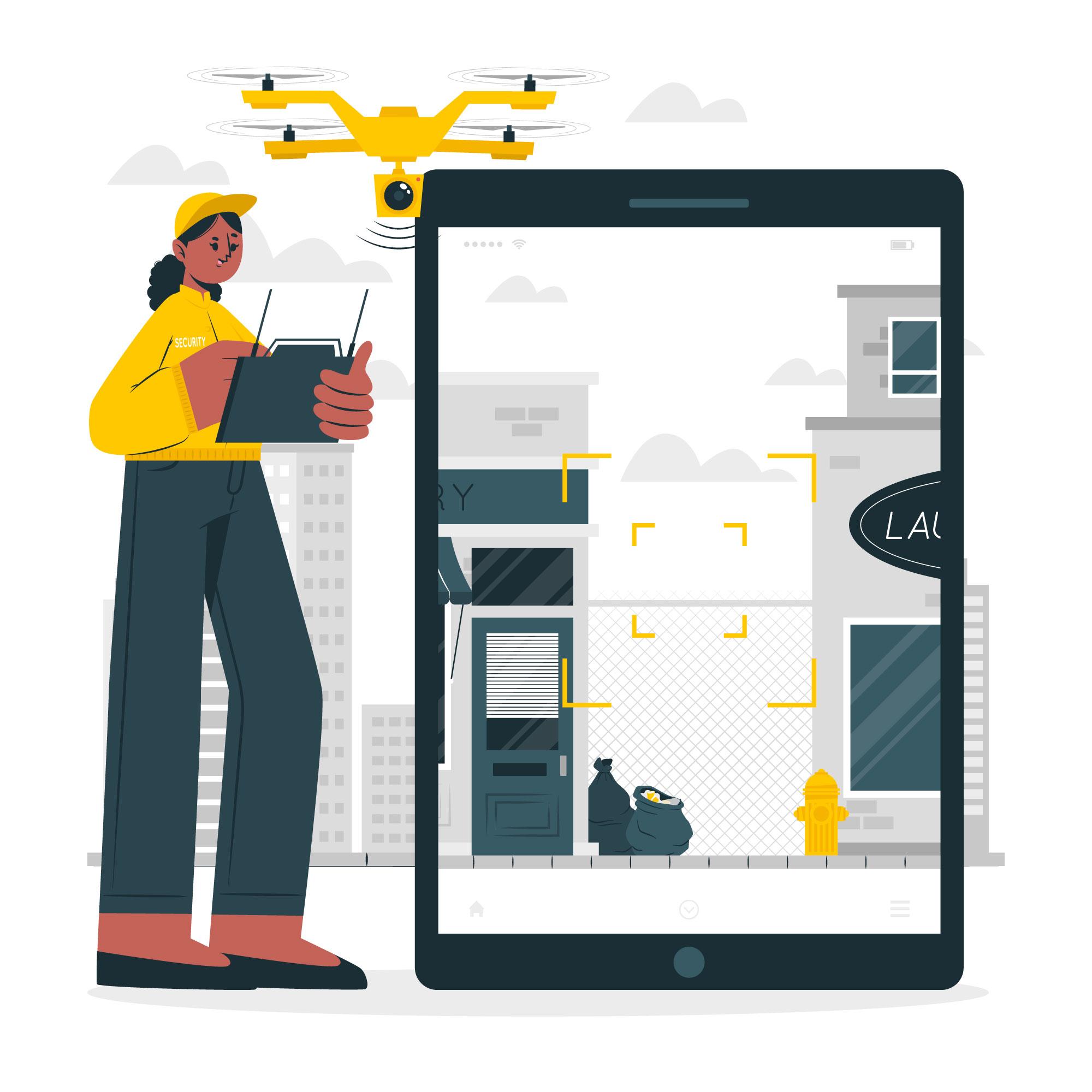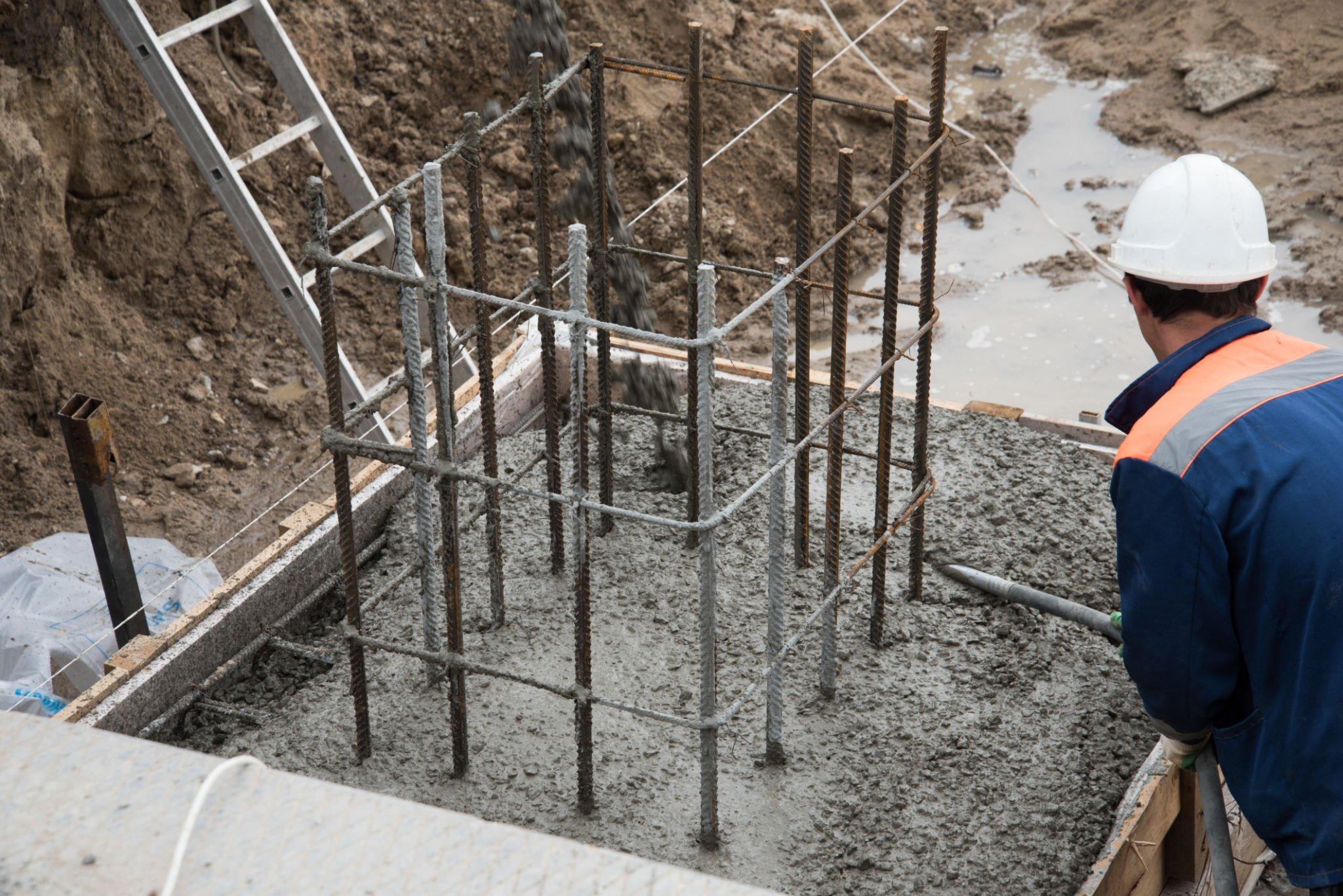The Art of Drone Inspection: Best Practices and Techniques

Drones, also known as unmanned aerial vehicles (UAVs), are changing the way inspections are conducted across many industries. Using drones for inspection provides many benefits over traditional methods, including improved safety, faster inspection times, and the ability to collect more comprehensive data. However, conducting effective drone inspections requires knowledge and skill. In this blog post, we’ll explore the art of drone inspection by covering best practices and techniques.
An Introduction to Drone Inspections
Before diving into specifics, let’s start with an overview of what drone inspection entails. Drone inspection refers to using a remotely operated drone equipped with cameras and sensors to visually assess the condition of infrastructure or equipment. The drone is piloted to strategic spots to take photos and videos that are later analyzed for defects, damage, and other issues that require maintenance or repair.
Some of the key benefits that make drone inspection advantageous include:
- Enhanced safety – Drones can access dangerous or difficult to reach areas, eliminating the need to place inspectors in harm’s way.
- Faster inspection times – Drones can quickly and efficiently cover a large area or piece of equipment. Multiple drones can be deployed simultaneously to accelerate the inspection process.
- Comprehensive data collection – Drones have high-resolution cameras, thermal imaging, and other sensors that provide far more detail than visual inspections alone. This data can be used to identify problems early.
- Improved reporting – Drone inspection data such as images and video provide documentation that gives stakeholders a clear picture of infrastructure or asset condition.
These benefits make drone inspection highly appealing across sectors like energy, construction, mining, transportation, insurance, and more. But in order to maximize these benefits, drone inspections must be carried out skillfully and methodically.
Pre-Flight Planning and Preparation
The key to success with any drone inspection is spending adequate time on pre-flight planning and preparation. Rushing into a drone inspection without planning leads to suboptimal results. Here are important pre-flight steps:
Define the Purpose and Scope
Clearly identify what you want to accomplish. This may include assessing the overall condition of an asset, identifying corrosion or cracks, checking for leaks or damage, measuring wear or stability, and more. The purpose will dictate the scope, equipment needs, and inspection plan.
Choose the Right Drone
Select an appropriate drone for the job based on size of area, type of terrain, needed flight duration, sensors required, and weather factors. For example, small compact drones work well indoors while larger drones with longer flight times are better suited for extensive outdoor inspections.
Assemble the Right Payload
The cameras, sensors, and other accessories outfitted on the drone will play a crucial role in the inspection. High-resolution visual cameras provide detailed still images. Thermal imaging can identify hot spots and heat loss. LiDAR can create 3D models. The right combination of payloads provides the best data.
Develop the Flight Plan
Mapping out the flight plan optimizes the inspection by ensuring complete and efficient coverage of the area or asset. Determine the route, altitude, speed, orientation, and camera settings needed to properly document required elements.
Conduct Safety Checks
Before takeoff, verify all drone and controller functions are go, batteries are fully charged, weather conditions are safe for flying, and the operational area is clear of people, animals, and hazardous objects. Never skip safety checks.
Have Operator Certification
Make certain drone pilots have proper training and certification for commercial operations. They should have experience conducting inspections and understand how to control maneuvers and collect useful data.
Proper planning and preparation prevents poor performance! By taking the time up front, you can ensure your drone inspection achieves the intended purpose.
Mastering Flight Skills
Once planning is complete, it’s time to master flight execution. Proficient flight skills allow drone operators to capture precise, high-quality data for inspections. Here are some best practices to hone skills:
Take a Steady and Stable Approach
Maintain steady, stable, and controlled drone movements. Sudden motions or speed changes can distort images and sensor readings. Smooth flying generates clearly focused visual data.
Choose the Best Camera Angles
Consider angles that provide the most useful perspective. For example, 45 degree angles better reveal defects like cracking or corrosion. Optimal angles illuminate problems hidden to the naked eye.
Adjust Speed as Needed
Slower flight improves thoroughness while faster flight improves efficiency. Vary speed depending on the situation – slow down for detailed problem area imaging or speed up for travel between locations.
Manage Lighting Conditions
Plan flights to take advantage of good lighting. Use north facing positions for even illumination. Low sun angles can help highlight surface defects. Avoid shadows that obscure issues.
Keep the Right Distance
Maintain distances that produce high-quality results. Get close enough for fine details but avoid distortions from getting too close. Consider equipment capabilities when choosing distance.
Use Pre-Programmed Patterns
Program flight patterns like grids or zig zags into autopilot to ensure full systematic coverage of large areas or assets. This prevents missing sections.
Practice makes perfect – develop expertise in controlled maneuvers under different conditions. Skilled flight translates to quality inspection data.
Post-Flight Analysis and Reporting
The final piece of the inspection process is analysis and reporting. Post-flight steps include:
Organize and Evaluate Imagery
Review collected photos and videos chronologically. Tag files with date, time, location, and orientation. Analyze imagery to identify any issues or abnormalities.
Create a Condition Report
Compile inspection findings into an inspection report. Provide details on overall asset condition as well as call out specific defects and problems discovered that require attention.
Present Recommendations
Provide clear recommendations on repair, maintenance, or replacement needs based on inspection findings. Offer detailed guidance on priority actions for safety and performance.
Share with Stakeholders
Present the report to stakeholders like management, engineers, or maintenance personnel. Ensure they understand risks so that problems get appropriate attention and timely resolution.
Archive and Compare Reports
Finally, add reports to project archives. Look for condition changes and trends across periodic, recurring inspections on the same assets.
Careful post-flight analysis and reporting helps ensure inspection results ultimately improve operational safety, efficiency, and decision making.
Real World Inspection Examples
Drone inspections produce immense benefits across multiple industries. Here are some real world examples:
Oil and Gas Industry Pipeline Inspections
Energy companies use drone inspections on miles of above ground pipelines. The speed and visual detail allows them to identify corrosion, leaks, encroachment risks, and more along vast stretches of pipe. Thermal imaging also pinpoints temperature variations indicating flow issues.
Wind Turbine Inspections
Drones conduct exterior and interior wind turbine inspections to detect blade damage, oil leaks, equipment wear, and other problems. Drones safely access hard to reach turbine components to thoroughly assess condition.
Solar Farm Inspections
For solar power systems, drones outfitted with IR cameras conduct thermal inspections on panels and electrical components to detect hot spots, heat retention loss, and equipment issues impacting performance.
Bridge Inspections
Government transportation departments use drones to inspect the undersides of bridges and other structural components. Drones improve safety and reduce traffic disruption. LiDAR, cameras, and other sensors create virtual 3D bridge models to precisely determine wear and structural stability.
Construction Site Inspections
Construction managers employ drones to monitor progress and ensure contractor adherence to plans. Drone observation also improves site security and safety oversight when equipped with the right sensors.
These examples demonstrate the incredible versatility of drones for inspection tasks both large and small. The capabilities grow constantly as technology evolves.
Key Takeaways
As this overview illustrates, drone inspection brings immense benefits but requires knowledge, preparation, and practice. Keep these key takeaways in mind:
- Plan thoroughly for each inspection, choosing the right drone, sensors and flight approach. Don’t skip safety checks.
- Master skills like smooth maneuvering, speed adjustment, lighting use, distance control, and pattern programming to optimize data gathering.
- Carefully analyze and report findings, providing recommendations and sharing with stakeholders to maximize impact.
- Continuously hone techniques through training and experience. Learn from each mission.
- The world of infrastructure and asset management is being fundamentally transformed by drone inspection technology. Following best practices allow you to tap the full potential of drones for greater safety, efficiency, and decision making capabilities. Though adopting drone inspection requires investment and expertise, the long term rewards are well worth the effort.



